

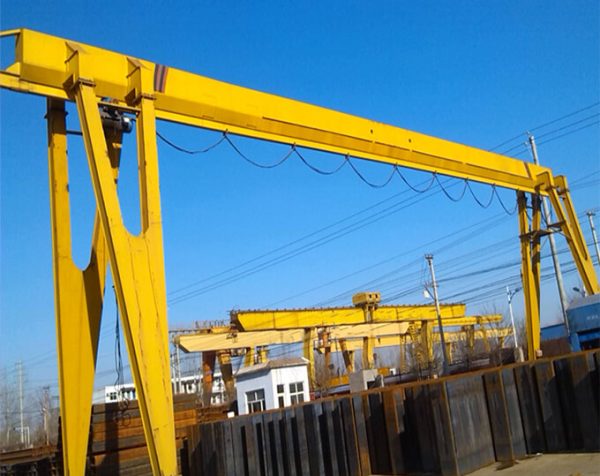
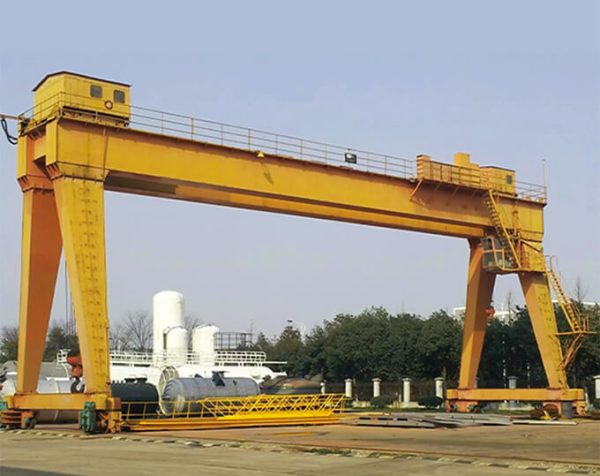
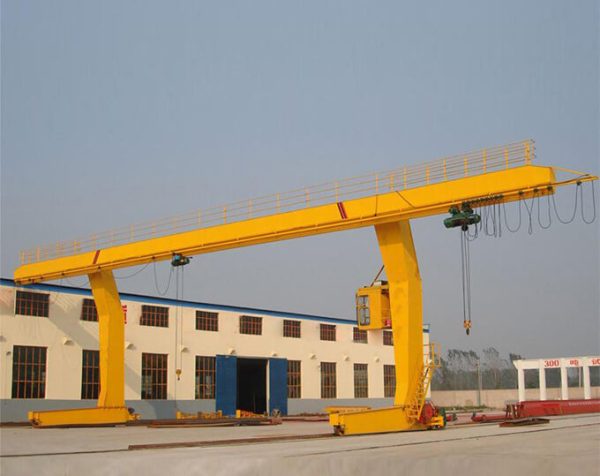
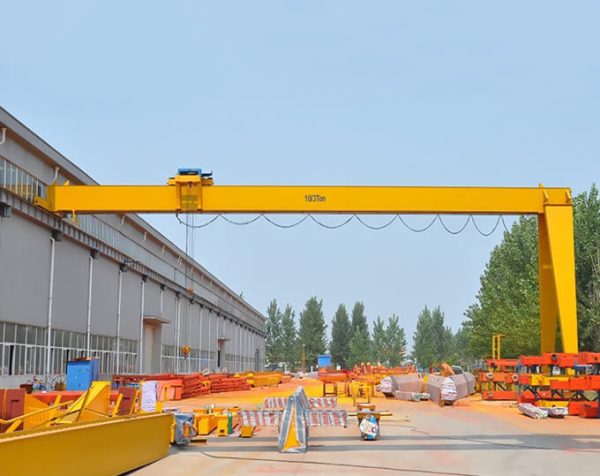
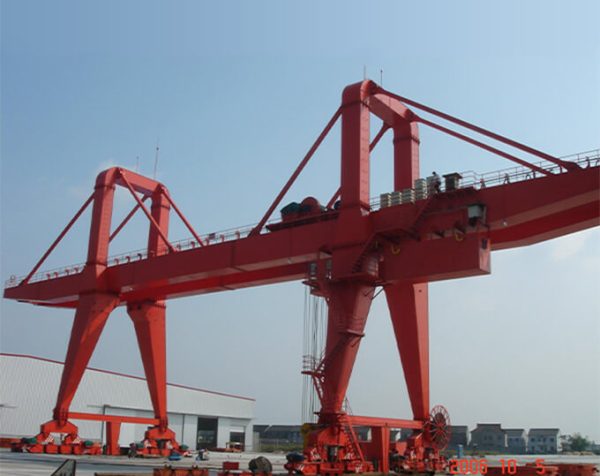
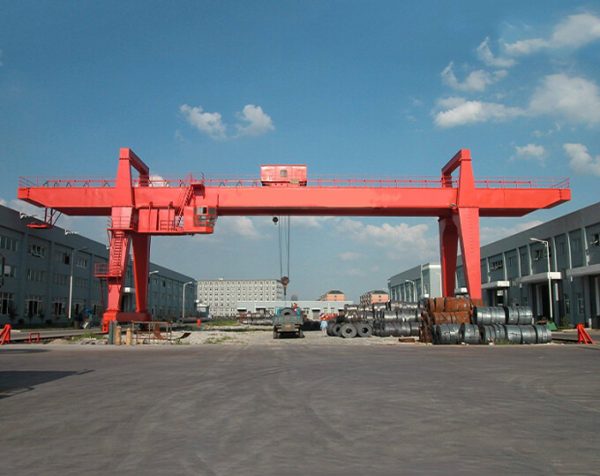
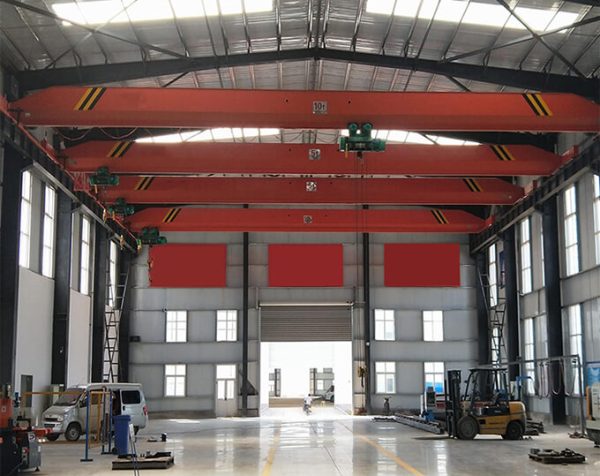
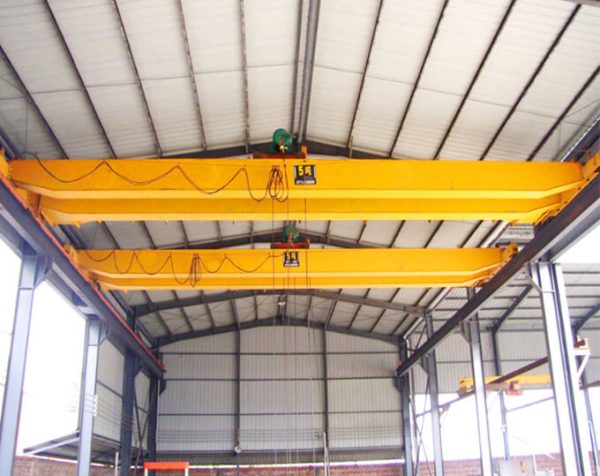
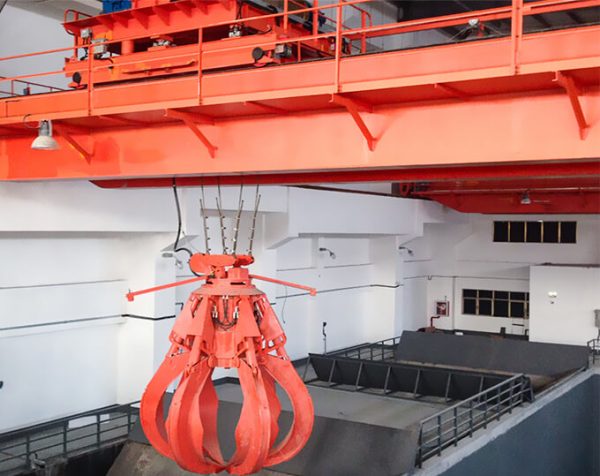
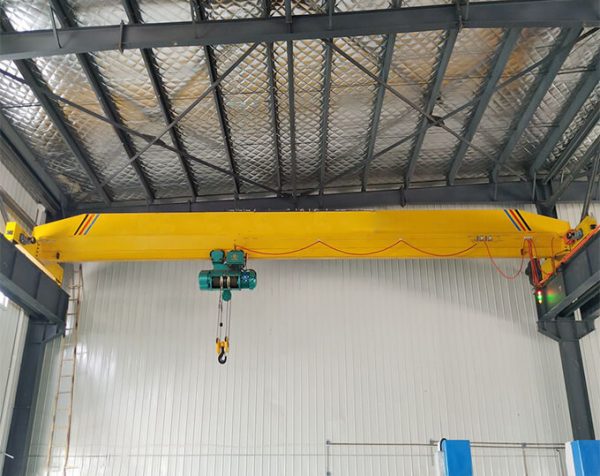
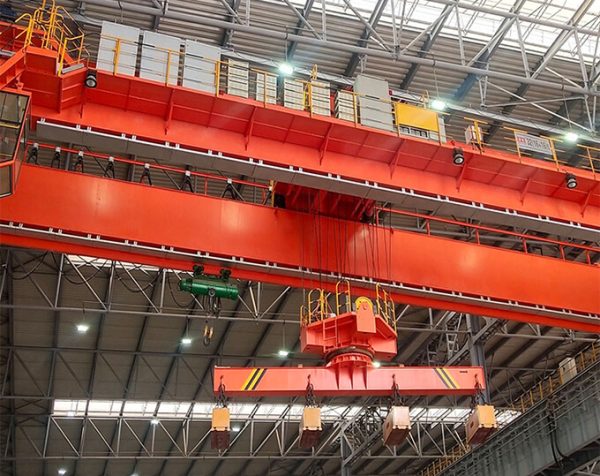
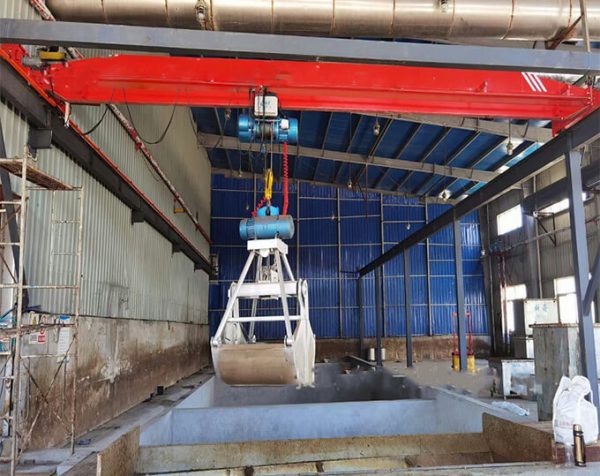
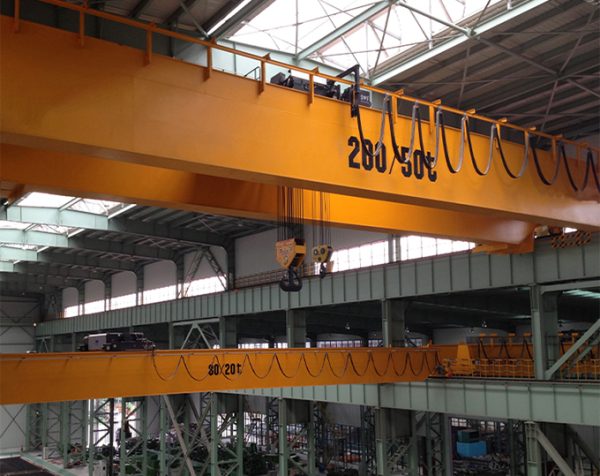


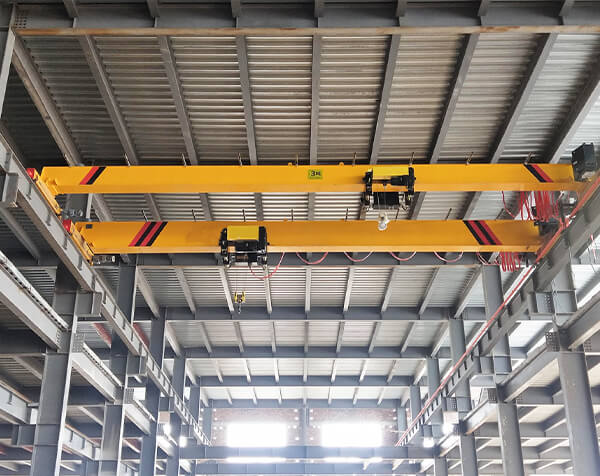
-600x476.jpg)
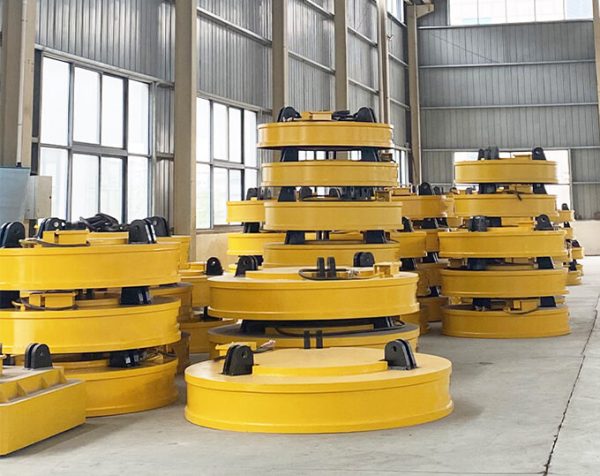
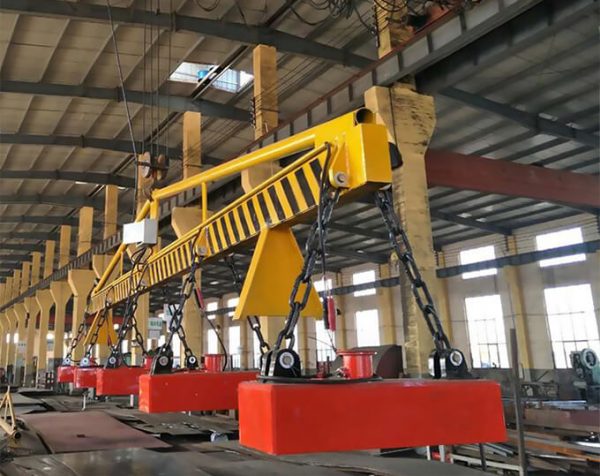
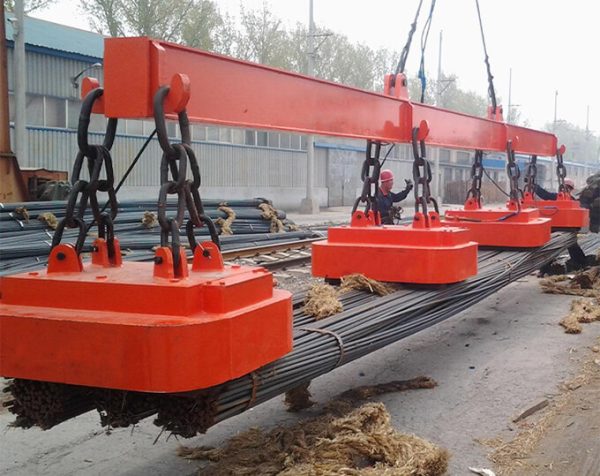
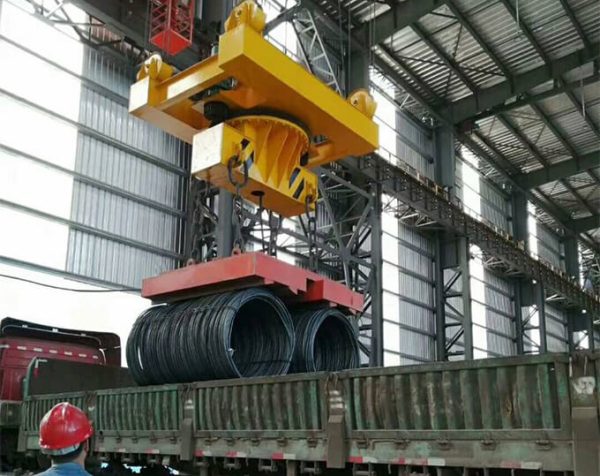
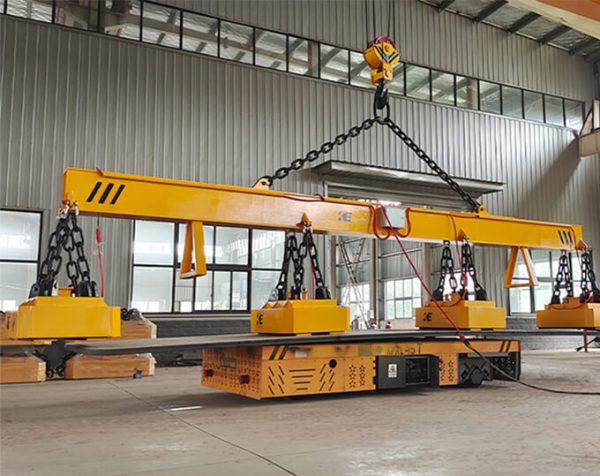
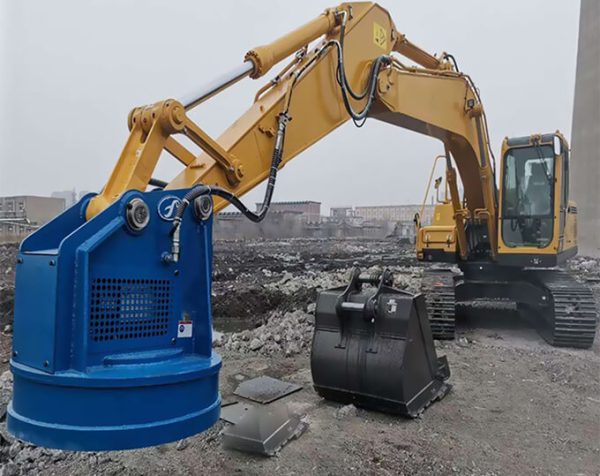
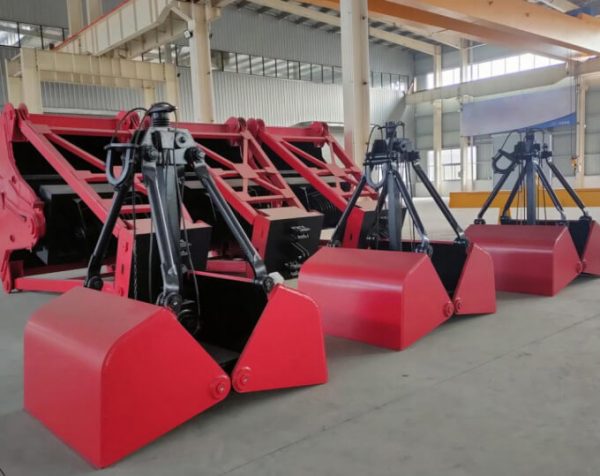
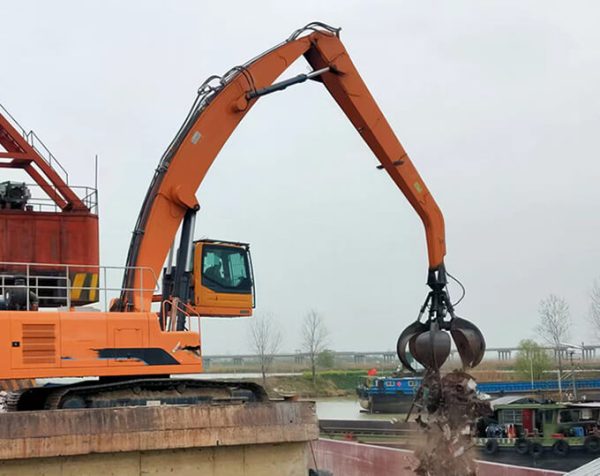
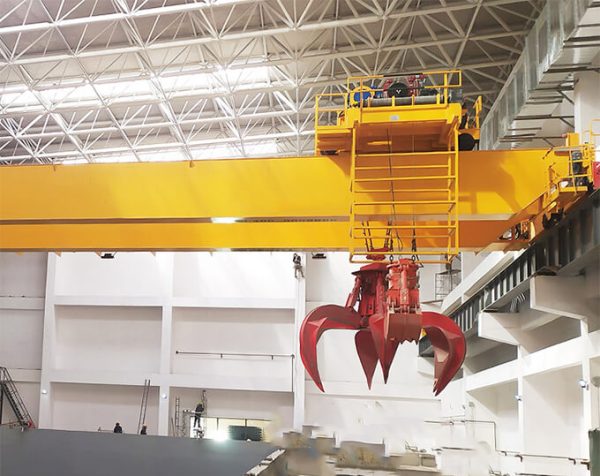
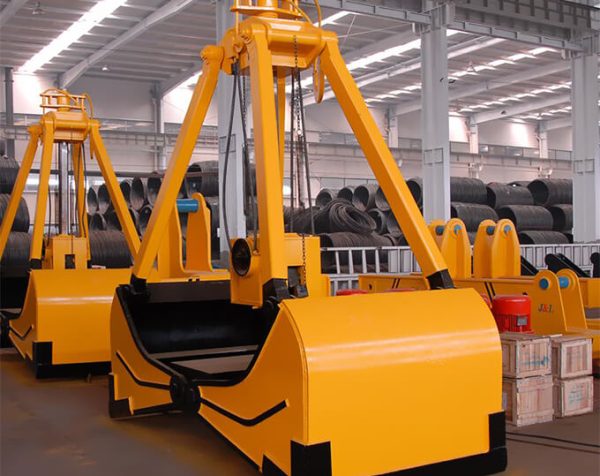
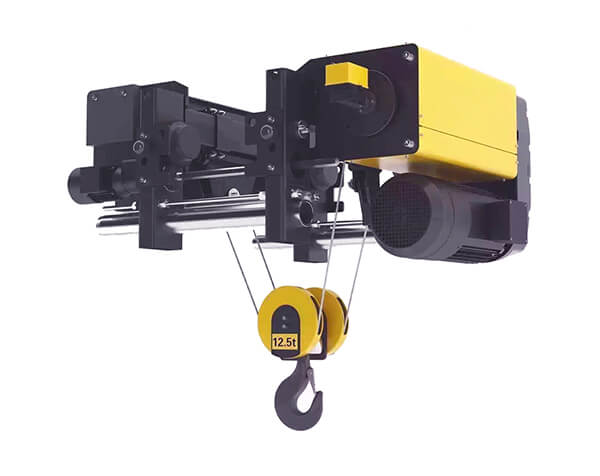
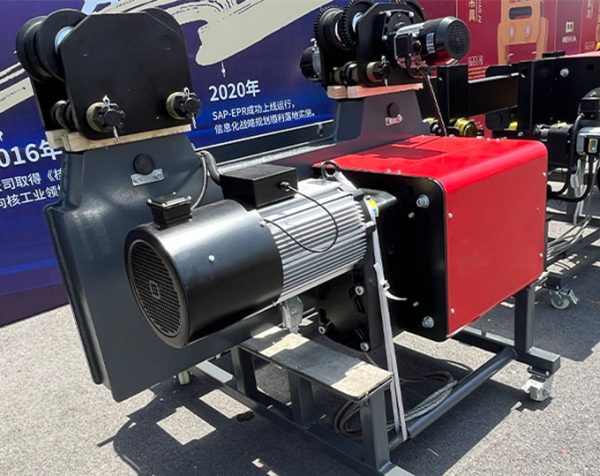
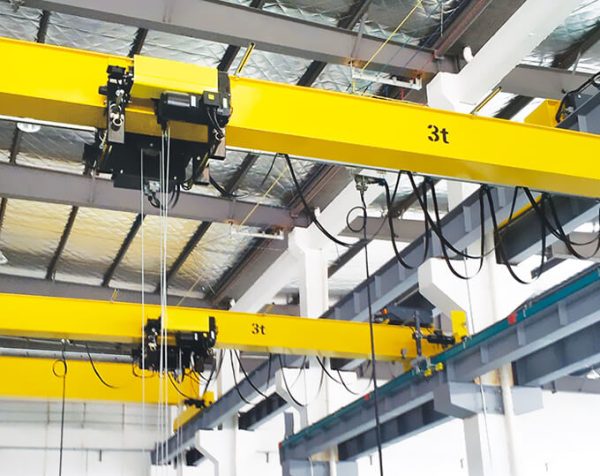
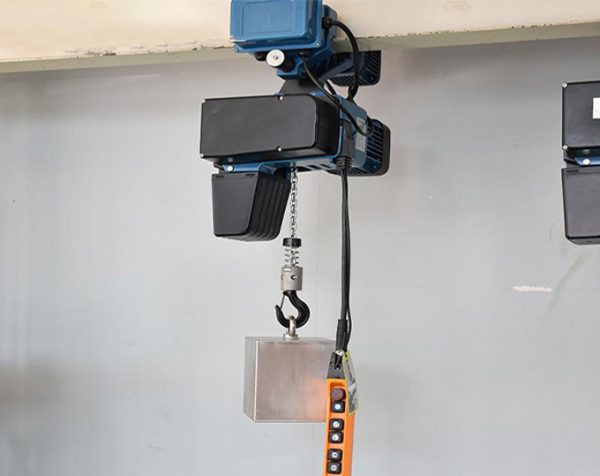
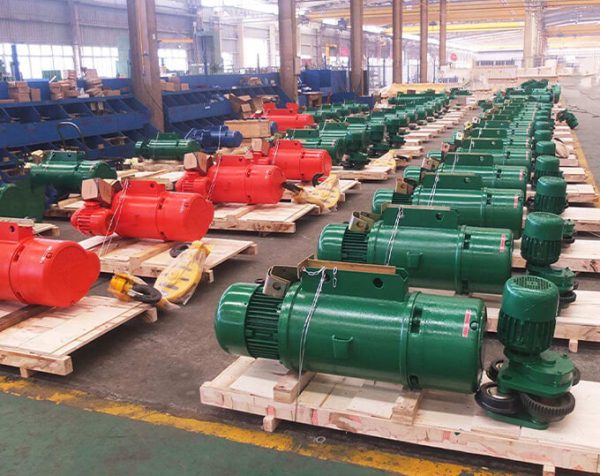
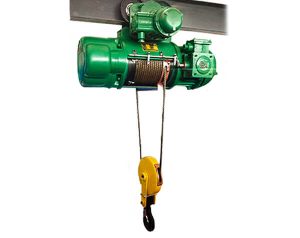
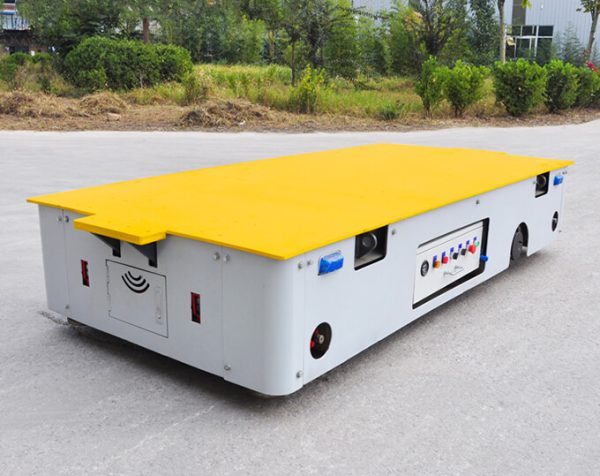
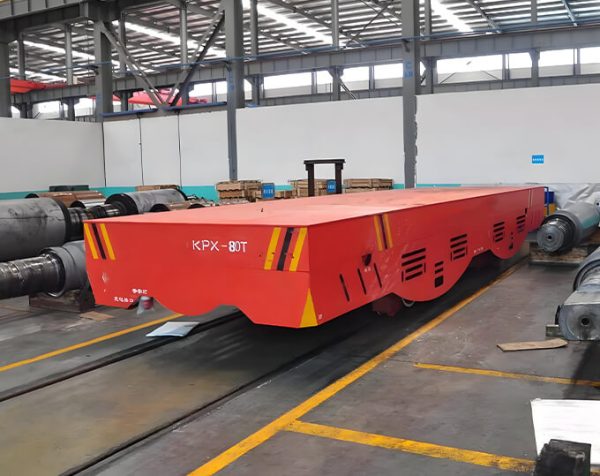
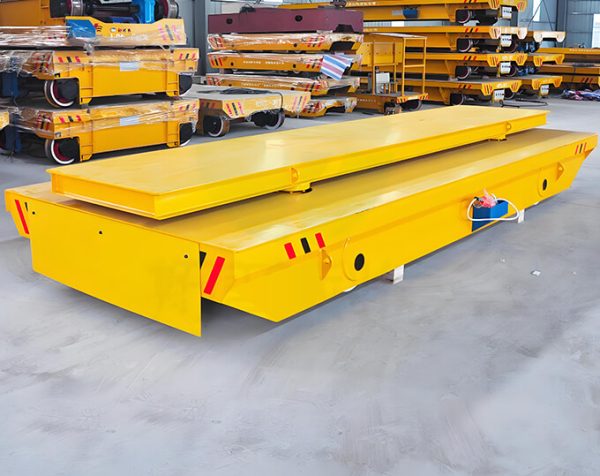
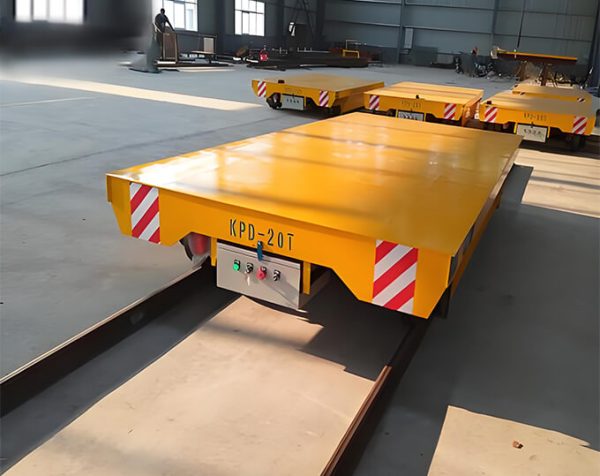


















-600x476.jpg)




















The hook is a commonly used lifting device and is widely used in lifting machinery.
Types of hooks
1.Depending on the manufacturing method, hooks can be divided into forged hooks and plate hooks.
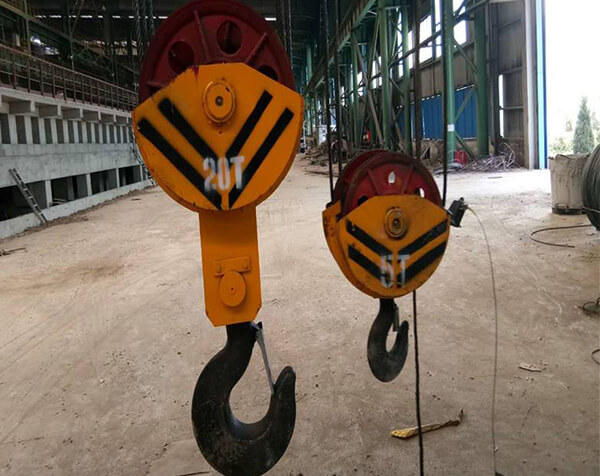
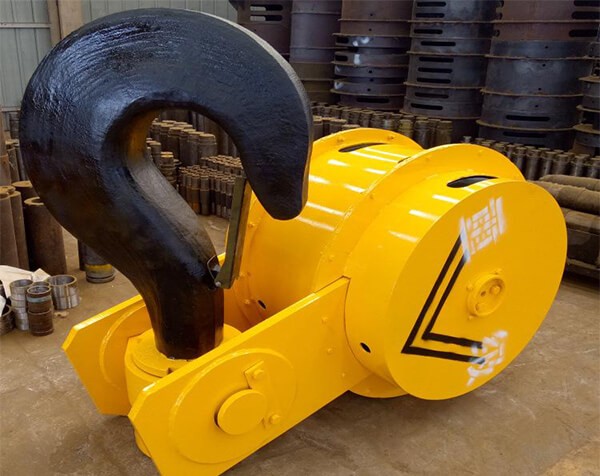
2.The cross-sectional shapes of the hook include rectangular, trapezoidal and T-shaped. Cranes usually use single or double hooks with trapezoidal cross-sections; rectangular cross-sections are generally plate hooks; electric hoists usually use T-section hooks. There is a certain relationship between the main dimensions of the hook, for example: between the opening degree S and the hook hole diameter D, S=0.75D.
Precautions for safe use of hooks
Lifting capacity:
The lifting capacity of the electric wire rope hoist ranges from 2 tons to 50 tons
It is conceptually different from the traditional European cranes. It is widely used in various industries due to its small footprint, overall dexterity, low failure rate, easy maintenance, safe operation, advanced technology, maintenance-free, and high work continuity.
Scrap plants play an important role in the processing and recycling of waste materials, and choosing the right crane is key to ensuring efficient

